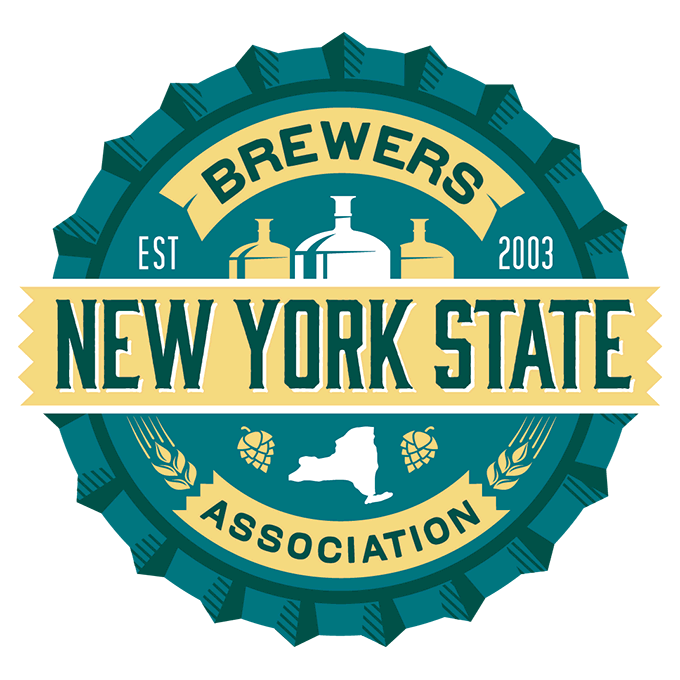
You’ve spent years perfecting your beers and ciders. You know as well as anyone: good beer shouldn’t be wasted! If you aren’t claiming and maintaining your Google My Business page, you’re pretty much dumping your beer down the drain, along with potential profits. Like it or not, not everyone in your area knows about your […]
It’s Time to Stand Out to Draw Consumers In Fun (yet not-so-fun) fact: There are more than 6,500 breweries in operation across the United States. With that much competition, how in the world are you supposed to stand out? Sure, aficionados of one brew type over another will know the playing field of their respective […]
A frequent question we get is, “can I use CBD in my beer?” The short answer is no…not yet. Below is more information that will give you the current reasons at this time. The 2018 Farm Bill changed the definition of marijuana which resulted in certain parts of the plant being removed from the controlled […]
2018 saw a record number of Americans with Disabilities Act (ADA) lawsuits filed against restaurants, wineries and breweries. Although businesses have long been aware of how ADA affects their brick and mortar locations, they are largely unaware that this law also applies to their websites. Digital accessibility is the ability of a website, mobile application […]
Global NY Loan Fund – Distilled and Fermented Beverage Initiative – $5 million Through the Distilled and Fermented Beverage Initiative, ESD will provide zero percent interest loans in principal amounts between $10,000 to $50,000, with terms of up to seven years, directly to New York State’s small and medium-sized companies in either the distilled or […]
Part 3 of 3 in a Series about Mead & Braggot. Part 1: MEAD AND BRAGGOT: NEW LICENSING OPPORTUNITIES FOR NY BREWERIES Part 2:MEAD AND BRAGGOT: WHAT COULD BREWERS MAKE AND SELL UNDER THE NEW LICENSING PROVISIONS? The new ABCL provisions covering mead and braggot include changes to the requirements for retail licensees that will […]
Crafting Your Business: Post 4 of 4 in the Series from the NYS Craft Beverages Handbook If you are a brewery owner grappling with brand names for a brewery, a brew pub or products, uncertainty over whether your chosen names are available for your intended uses will undoubtedly cause some anxiety. We often hear from […]
Part 2 of 3 in a Series about Mead & Braggot. The new “mead producers’ license” and “farm meadery license” both authorize the licensee to manufacture and sell mead and braggot. Specifically, the mead producers’ license will allow the licensee to produce mead and braggot on its licensed premises for sale in bottles, barrels, or […]
Part 1 of 3 in a Series about Mead & Braggot. Recent changes to the Alcoholic Beverage Control Law (ABCL) addressing the production and licensing of mead and braggot in New York State took effect on March 28, 2019. These amendments create a new Article 3 to the ABCL and add corresponding definitions of relevant […]
Crafting Your Business: Post 3 of 4 in the Series from the NYS Craft Beverages Handbook On March 28, 2019, the United States Department of Labor (DOL) announced it was proposing to change the definition of an employee’s “regular rate” of pay. If adopted, it could impact how employers calculate an employee’s overtime rate and […]